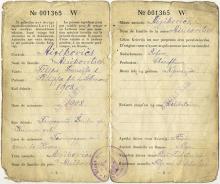Read More...
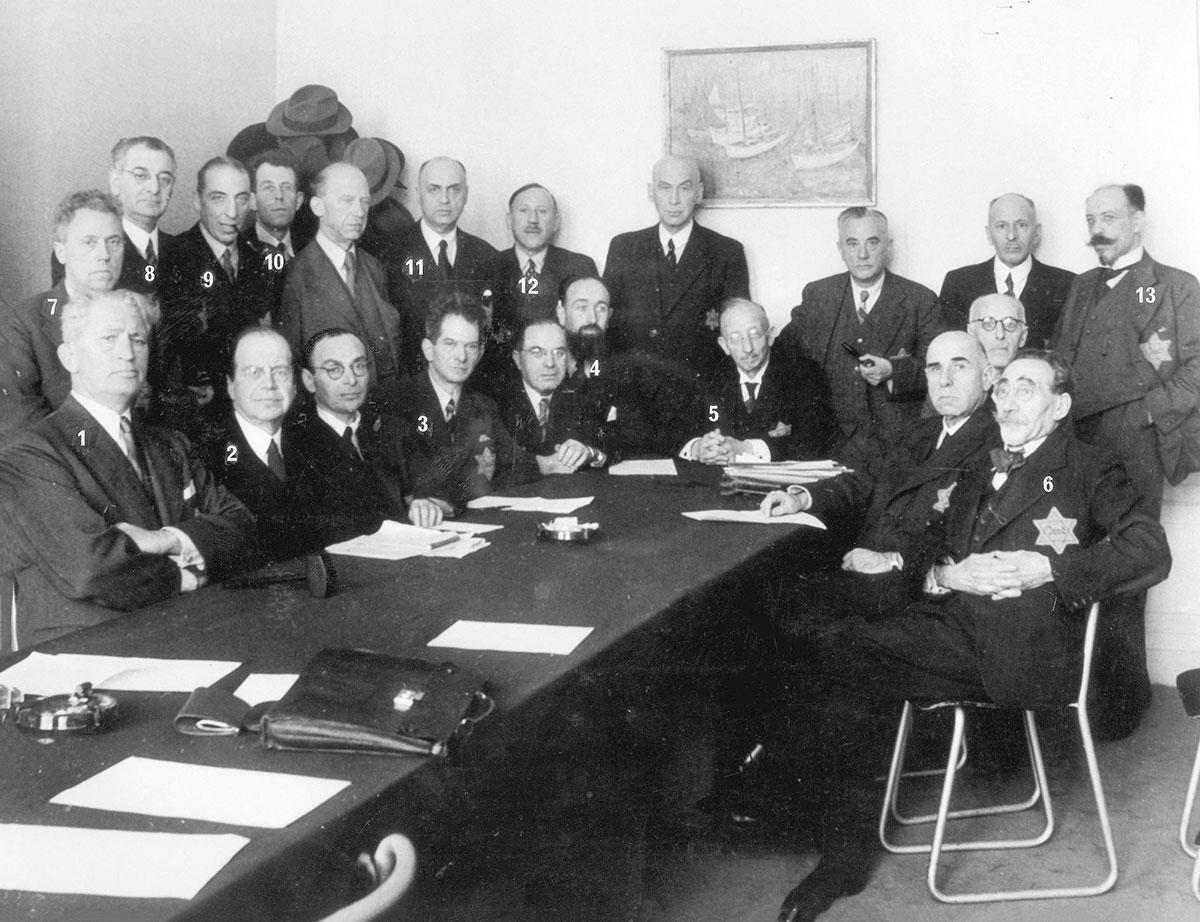
Yad Vashem Photo Archives 4613/546A

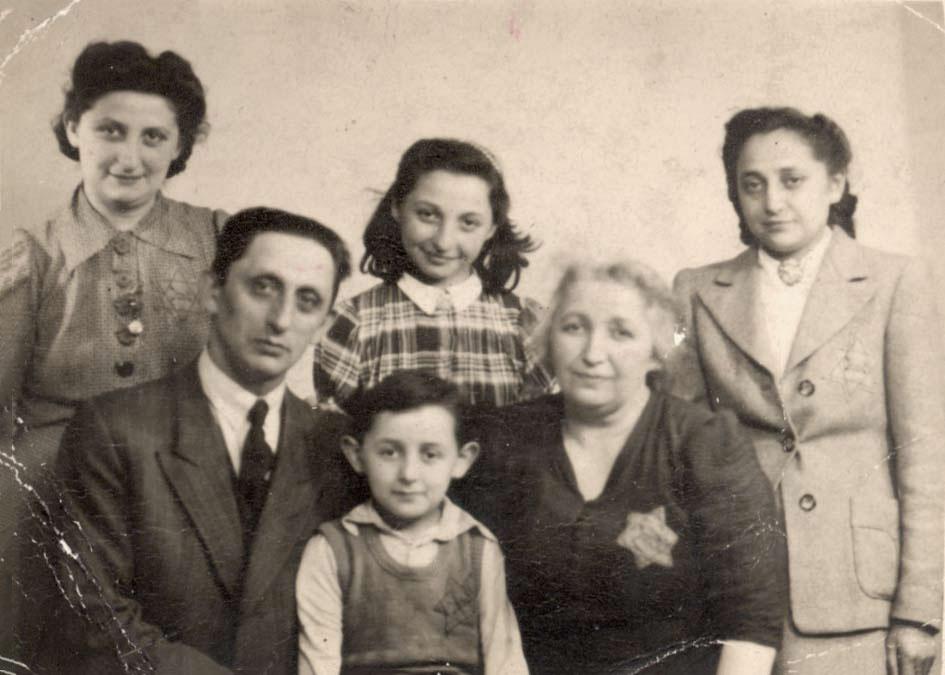
Yad Vashem Photo Archives 8158/1

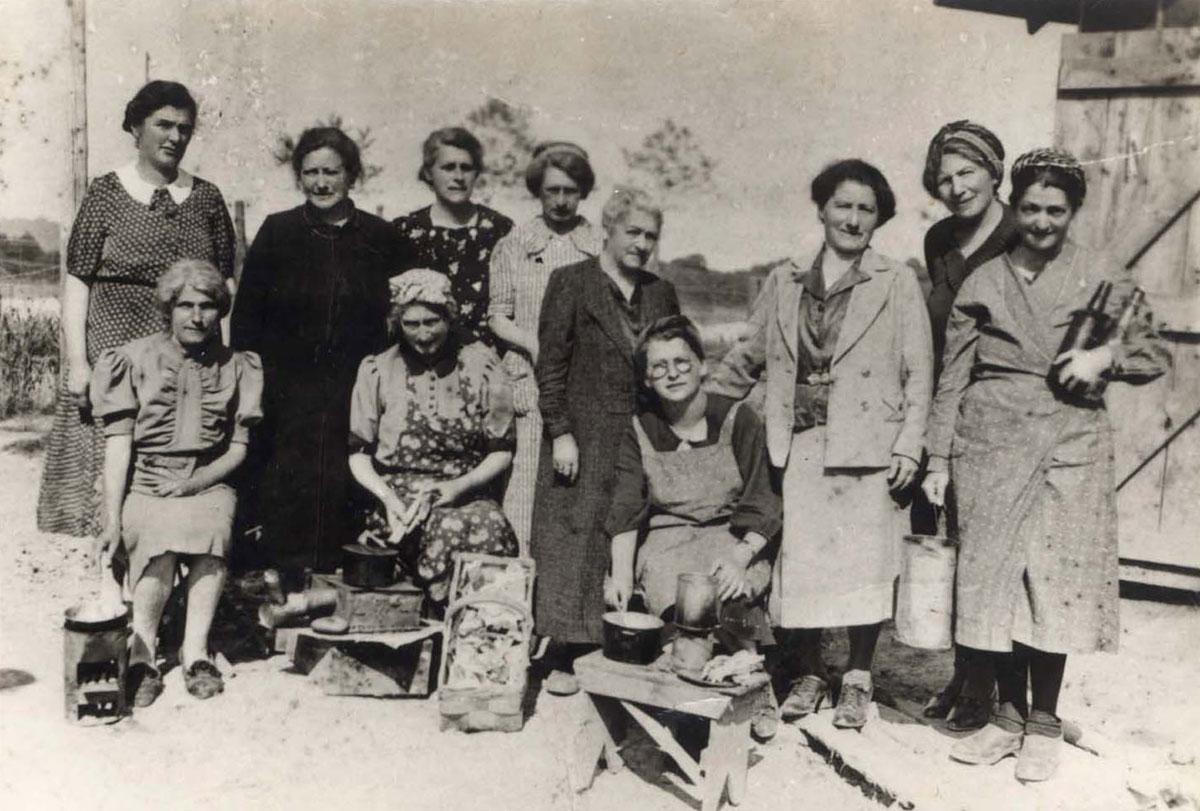
Yad Vashem Photo Archives 7939

Yad Vashem Photo Archives 6044/4
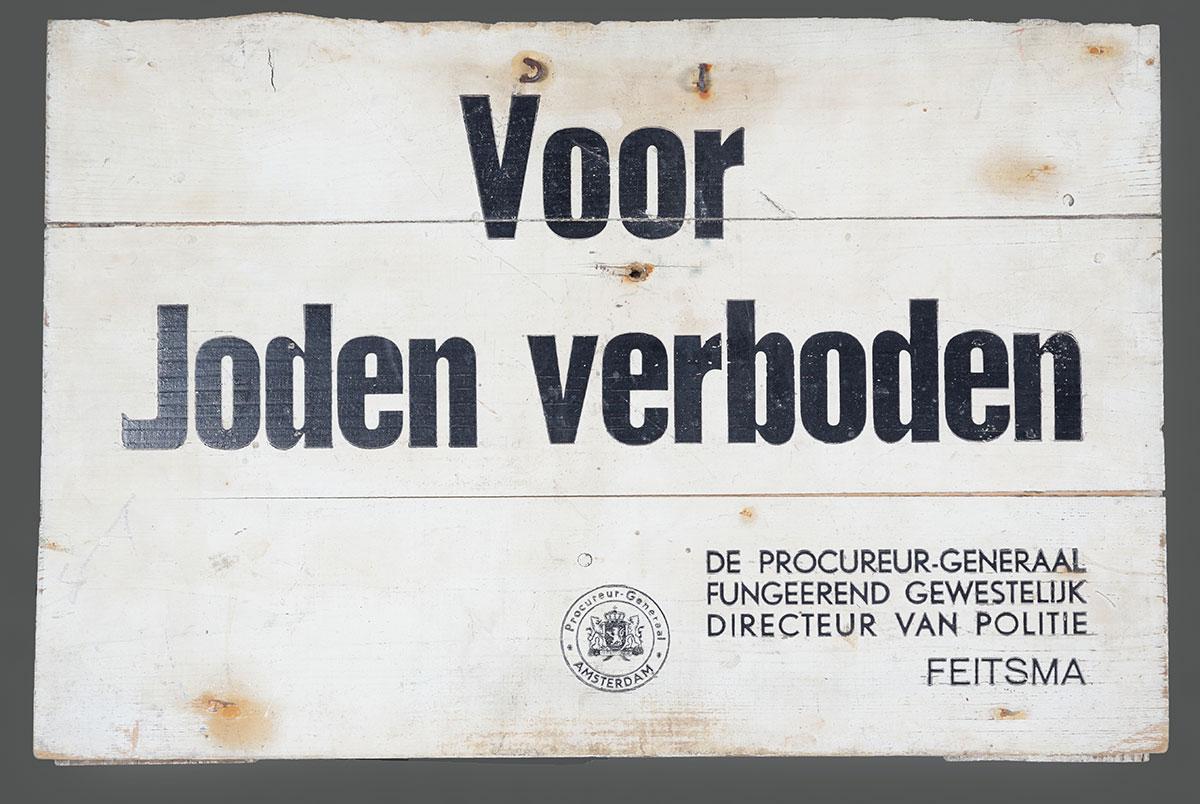
The sign was hung in a tennis court in the city of Hilversum, Holland and was secretly removed by the youth W. Niemoeller in 1942. In the corner of the sign is the signature and stamp of the city: “Signed: Attorney General Feitsma Functioning as Regional Chief of Police”


Their aunt, Anna Spiegel née Lovvy wore the locket. Anna was arrested and held at the La Risiere di San Sabba camp, and sent from there to Auschwitz where she was murdered
The Artifacts Collection - Yad Vashem

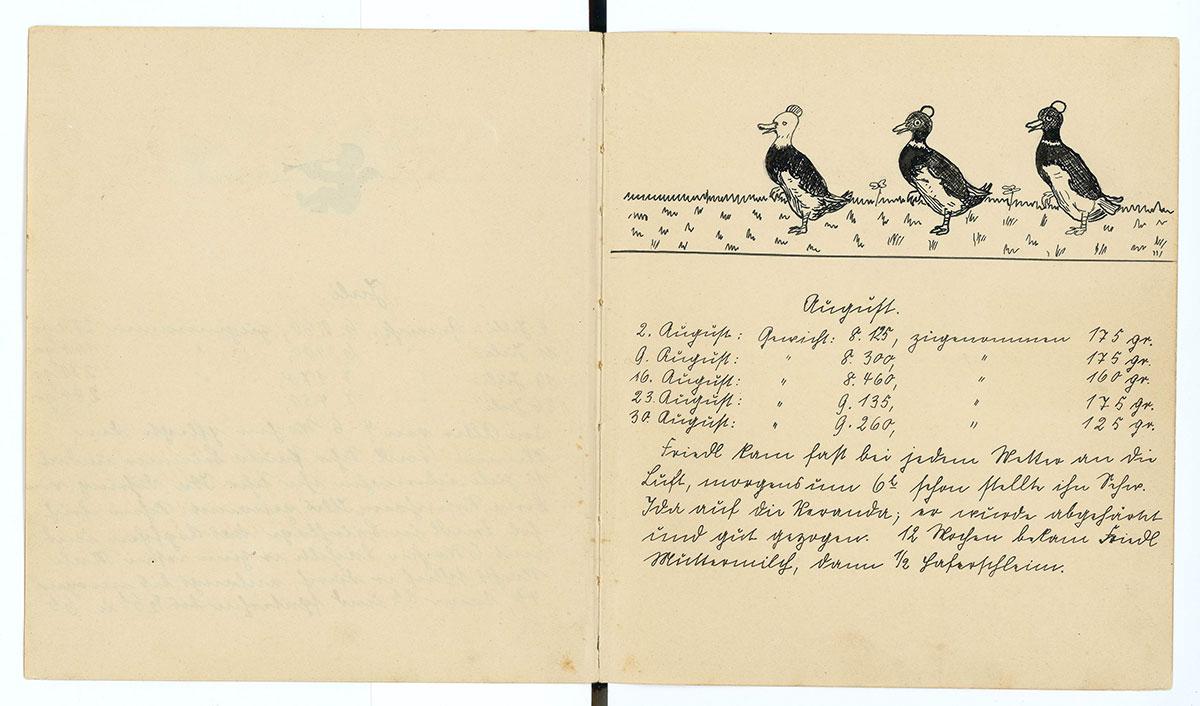
A page from the baby diary of Friedl Bruckmann from Nabburg, Germany that his mother Gerta marked with the baby’s weight gain for the month of August. Gerta and Sally (Samuel) Bruckmann and their three children Friedl, Guenther and Waltraut were murdered in Poland during the Holocaust. Their eldest son, Werner (Abraham), was sent to Eretz Israel with the “Youth Aliya” immigration program in 1934 and survived the Holocaust.
Yad Vashem Artifacts Collection
Gift of Gila Bruckmann, Kfar Saba, Israel

The Netherlands
The Germans invaded the Netherlands in May 1940. Although Queen Wilhelmina and her government fled to Britain, the bureaucracy continued to function under the occupying regime. At the time there were approximately 140,000 Jews living in the Netherlands, including refugees from Germany (Anne Frank’s family, for instance), Austria, and the Protectorate of Bohemia and Moravia. Anti-Jewish policy in the Netherlands evolved gradually, starting with the purge of Jews from the civil service in September 1940. This was followed by the compulsory registration of Jewish-owned corporations and the registration by name of all Dutch Jews under the racial laws, thus dispossessing the Jews and restricting their movement. In February 1941 the Germans demanded the establishment of the “Joodse Raad”, a Judenrat that would carry out their directives and organize internal life. From then on the policy took an increasingly radical turn. Jews were made to wear the Star of David and preparations for their deportation to the camps began.
On Saturday, February 22, 1941, a general curfew was placed on the Jewish Quarter in Amsterdam and a hunt for Jewish youth took place. The 389 individuals arrested were transferred to Buchenwald concentration camp and within three months approximately 50 had perished. The 340 that remained were sent to Mauthausen concentration camp. Only one individual who had hidden in the infirmary in Buchenwald survived. 200 additional Jews were arrested in June and others were arrested in September 1941. All those arrested were sent to Mauthausen.
France
When the Germans occupied France in June 1940, some 330,000 Jews were living there – half of them veteran residents and the others immigrants and refugees. France was divided into two areas of control: the north came under German military rule; in the south, an antisemitic nationalist French state was set up under Marshal Henri-Philippe Pétain in the spa town of Vichy. The regime collaborated with the Germans, and it was the French police that carried out the anti-Jewish actions.
On October 4, 1940, the enactment of the “Statut des Juifs” deprived French Jews of their civil rights. Concurrently, registration and dispossession of the Jews were also instituted. Thousands of Jews, mostly refugees and immigrants – including German Jews who had been deported from various parts of Germany – were sent to detention camps in Southern France, such as Gurs, Le Milles and Saint-Cyprien. The main detention camp was in Drancy, a short distance from Paris. Approximately 3,000 Jews perished in these camps, the first victims of the Holocaust in France. In the summer of 1942, in preparation for their deportation to the camps, the Jews were forced to wear the yellow star.
Belgium
On May 10, 1940, the Germans invaded Belgium and within three weeks defeated its armed forces. The Belgian administrative mechanisms continued to operate under a German military administration. In the first two years of the occupation, until the deportations, the Jews were removed from their professions, their businesses were systematically liquidated and their property was expropriated. They were placed under a nighttime curfew, Jewish children were expelled from school, a law was passed allowing for their enlistment in forced labor and they were forced to wear the yellow star.
Italy
Racial anti-Jewish laws were passed in Italy already in 1938. However, until the German conquest of Italy in September 1943, the Italian fascist dictator Mussolini refused to succumb to Hitler’s demand for the deportation of the Jews under his control. Due to Italian commanders in Albania, Croatia, and Southern France, Jews in many cases received some form of protection.








